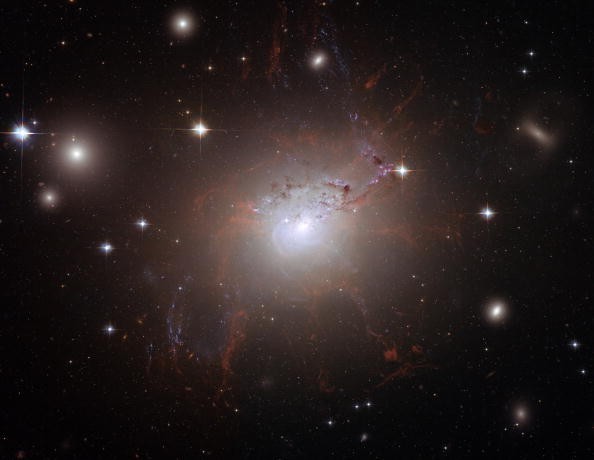The most recent astronomical estimation that there might be ten times more galaxies than what was previously thought has triggered curiosity among world scientists. The technology is being pushed forward to craft even more powerful telescopes which do not miss out on hidden galaxies.
China has decided to up-its-game, push technology to its limit and set up the proper framework required to build such a powerful generation of telescopes. The evidence for a huge swath of galaxies previously invisible has compelled space exploration to move on to the next level and take a step into the vast unexplored territory out there.
The next generation of telescopes would have high aspirations. Zheng Chai from the University of California told Xinhua that there's a strong need for space-telescopes and massive ground-based facilities to accommodate the next generation telescopes.
President Xi Jinping highly emphasized the need for astronomical advancements in order to propel scientific innovation and progress. China is on its way to become a strong player in this field, remarked Cai.
Given the infiniteness of the universe we dwell in, it becomes very difficult to observe distant galaxies, especially those that were born since the dawn of this universe. Since the '90s NASA, with help of its Hubble Space Telescope, conducted a research to study early galaxies.
By manual counting, astronomers estimated that there were about 200 billion galaxies in the universe. Recently, however, this has turned out to be a huge underestimate. A team of astronomers led by Christopher Conselice at Britain's University of Nottingham has rendered the 1990's research speechless.
After re-analyzing observational data with more precise and elaborate mathematical models, the scientists assessed mass distributions of galaxies at variable distances. Through this they came to the inference that a large number of small galaxies too far from earth go undetected by current telescopes.
These missing and relatively smaller galaxies may seem merged within colossal galaxies easily visible via telescopes. The astronomers have inferred that the number of galaxies in the universe may be ten-folds more than what was previously claimed. As if the previous number wasn't big enough.
According to China Daily, the country has embarked upon two telescope projects that may be effective in observing extremely distant galaxies. These comprise of a space-station optical telescope and a ground-based optical telescope. The projects are large-scale astronomical projects China has ambitiously taken into its hand.
The telescope's sensitivity will be at par with that of the Hubble Deep Field telescope, but instead will have the ability to observe a larger patch of sky and fully analyze it. The space-station telescope will be a sub-project under the recent Tiangong-2 project whereas the ground-project is expected to start off in 2019.



























